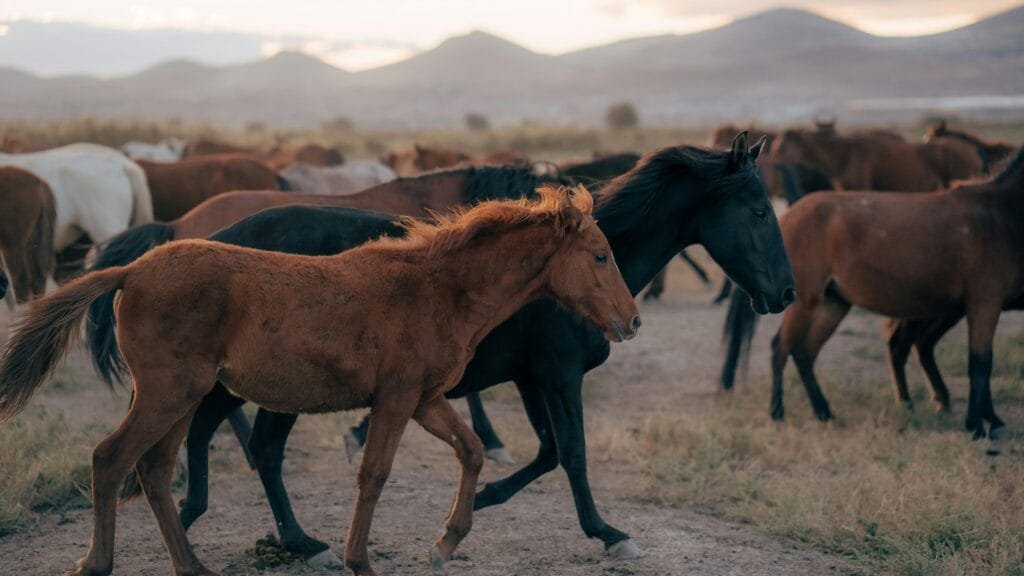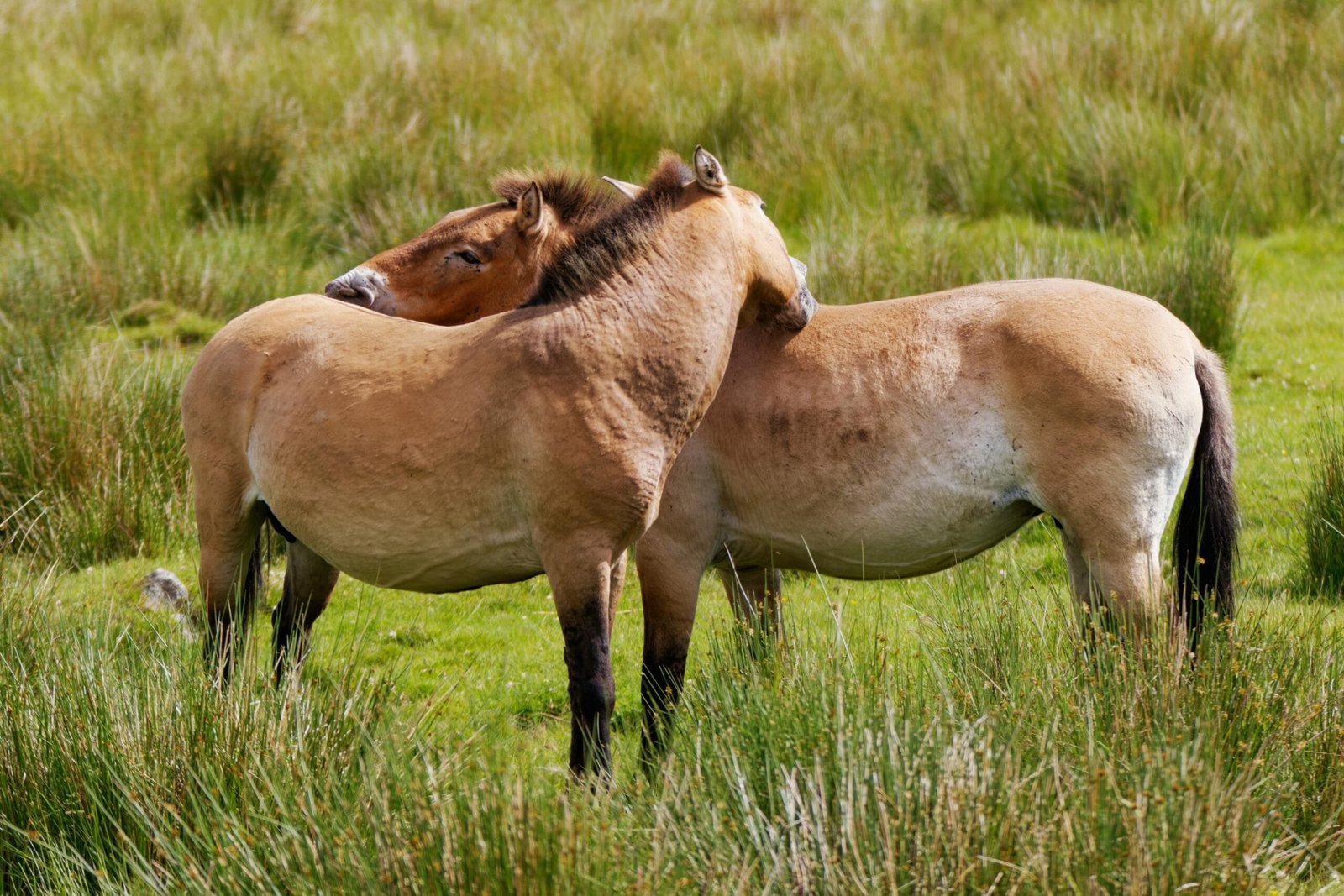9 Things You Didn’t Know About Przewalski’s Horses
Przewalski’s horse, also known as the “wild horse of the steppes,” is one of the most unique and fascinating creatures in the equine world. Native to the grasslands of central Asia, these horses are known for their rugged survival skills and distinct appearance. Here are 9 surprising and lesser-known facts about Przewalski’s horses that will deepen your appreciation for this remarkable breed.
1. They Are the Only True Wild Horses Left
Unlike domesticated horses, Przewalski’s horses are considered the only true wild horses that have never been tamed or domesticated by humans. Although they have been kept in captivity and bred in zoos, these horses still maintain their wild instincts and behaviors. They are a direct link to the horses that roamed the earth thousands of years ago.
2. They Have a Short, Stocky Build
Przewalski’s horses are smaller and stockier compared to domesticated horses. They stand around 12 to 14 hands high (48 to 56 inches at the withers) and are built for strength rather than speed. Their sturdy bodies help them endure the harsh conditions of the Mongolian steppes, where temperatures can drop to extreme lows.
3. They Have a Unique, Upright Mane
One of the most noticeable features of Przewalski’s horses is their distinctive mane. Unlike domesticated horses, their manes stand upright, rather than flowing over their necks. This trait is thought to have evolved to help protect them from predators, as it gives the horse a more intimidating and wild appearance.
4. Przewalski’s Horses Are Endangered
Przewalski’s horses were once believed to be extinct in the wild, but thanks to extensive conservation efforts, they are now making a comeback. In the early 20th century, the species was declared extinct in the wild due to overhunting and habitat destruction. However, breeding programs in zoos and reserves have successfully reintroduced them into their native habitats, and today, there are only a few hundred Przewalski’s horses living in the wild.
5. They Are Not Related to Modern Horses
Although Przewalski’s horses share many similarities with modern horses, they are not direct ancestors. In fact, they are genetically distinct from domesticated horses. They belong to a different species, Equus ferus, whereas domestic horses are from Equus caballus. This means that Przewalski’s horses are an entirely separate branch on the evolutionary tree of the horse family.
6. They Can Survive Extreme Conditions
Przewalski’s horses are incredibly resilient and can withstand some of the harshest climates on Earth. They are perfectly adapted to survive the cold winters and scorching summers of the Mongolian steppes. With thick coats that protect them from the cold, they can endure temperatures that range from freezing in the winter to over 100°F (38°C) in the summer.
7. They Have a Different Diet than Domesticated Horses
Przewalski’s horses are herbivores, but they eat a very different diet than domestic horses. They primarily feed on grasses, shrubs, and other plants that grow in the wild. Their diet is often more varied and adapted to the natural vegetation of the steppe. Additionally, they have adapted to go without water for long periods, obtaining moisture from the plants they eat.

8. They Live in Herds with a Strong Social Structure
Przewalski’s horses live in herds with a strict social hierarchy. Typically, a herd consists of one dominant stallion, several mares, and their offspring. The stallion leads the group and protects the mares and foals from predators. The social structure within the herd is important for their survival, as it helps with coordinated movements and defense against threats.
9. They Have a Special Bond with Their Foals
Przewalski’s horses are very protective of their young. The bond between a mare and her foal is strong, and the foal is closely monitored and cared for by the entire herd. Foals are born in the spring and can stand and walk within hours of birth. This early mobility helps them escape predators in the wild. As the foal grows, it is taught essential survival skills by both the mother and the herd.

